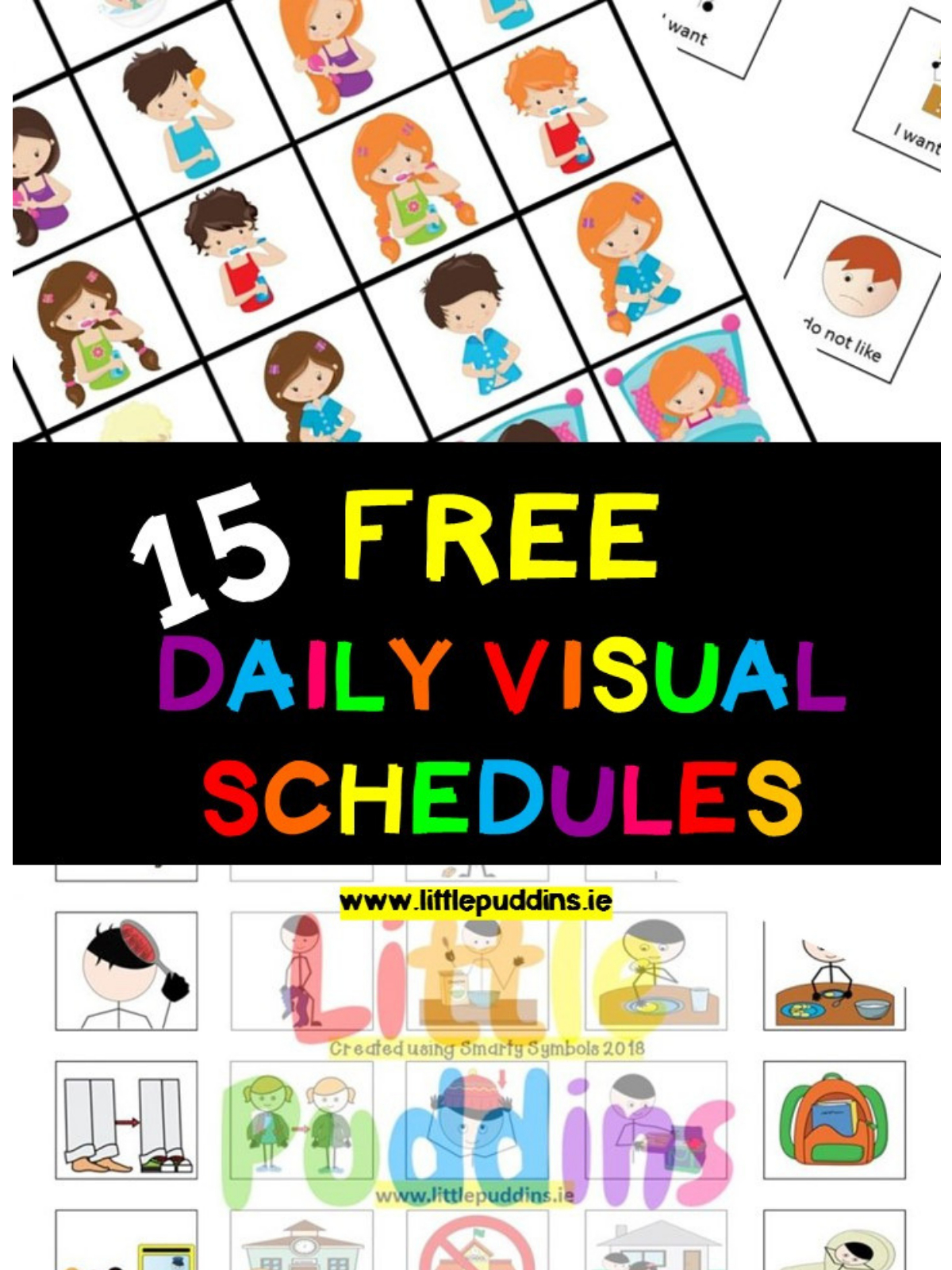If you are a busy parent, then you know the challenges of keeping your child’s routine in check. It can be a daunting task to remember every little detail of what your child needs to do every day. That’s where visual schedules come into the picture. These schedules can be an essential tool in helping your child develop their independence and confidence.
What are visual schedules?
Visual schedules are used to help children understand their daily routines. These schedules are made up of a set of pictures or images that represent different activities throughout the day. This can include everything from getting dressed, brushing teeth, having breakfast, going to school, playing, and even going to bed. By following these visual schedules, children can navigate through their daily routine with ease, knowing what comes next.
Why are visual schedules important?
Visual schedules are essential because they provide structure and predictability to a child’s daily routine. Routines can be especially challenging for children with special needs, or those who struggle with communication or understanding language. The images or pictures used in visual schedules provide a visual cue that helps children understand what they are supposed to do and when to do it. This can also reduce anxiety and stress in children as they know what to expect throughout their day.
How can you create a visual schedule?
Creating a visual schedule can be easy and fun. There are many templates available online, which you can customize to suit your needs. You can also create your own visual schedules by using images or photos of your child doing the activities. You can use a whiteboard, sticky notes, or a printed sheet of paper to create your schedule. The key is to keep it simple and easy to understand for your child.
Using the visual schedule
Once you have created your visual schedule, it is time to help your child get familiar with it. You can start with a simple schedule that has just a few activities and then add more as your child becomes comfortable. You can use the schedule as a visual aid to help your child understand what they need to do and when they need to do it. You can also use it to remind them of any rules or expectations that you have set for them.
Tips for using a visual schedule
- Keep it simple and easy to understand. Use images that your child is familiar with.
- Put the schedule in a place that is easily accessible to your child.
- Use a timer to help your child understand how long each activity should take.
- Have your child cross off the activities as they complete them. This can provide a sense of satisfaction and accomplishment.
- Review the schedule with your child at the beginning and end of each day.
- Be flexible. Routines can change, and it is ok to make changes to the schedule from time to time.
Conclusion
Visual schedules can be a powerful tool in helping your child develop their independence and self-confidence. By providing structure and predictability to your child’s daily routine, you can reduce their anxiety and stress while also improving their communication and understanding. Creating a visual schedule can be easy and fun, and it is something that you can do together with your child. Remember to keep it simple, use images that your child is familiar with, and be flexible. With a little bit of patience and practice, you can help your child navigate through their daily routine with ease.
Image source:
Visual Schedule - Free Printable Routine Cards - Natural Beach Living
 Credit: Natural Beach Living
Credit: Natural Beach Living